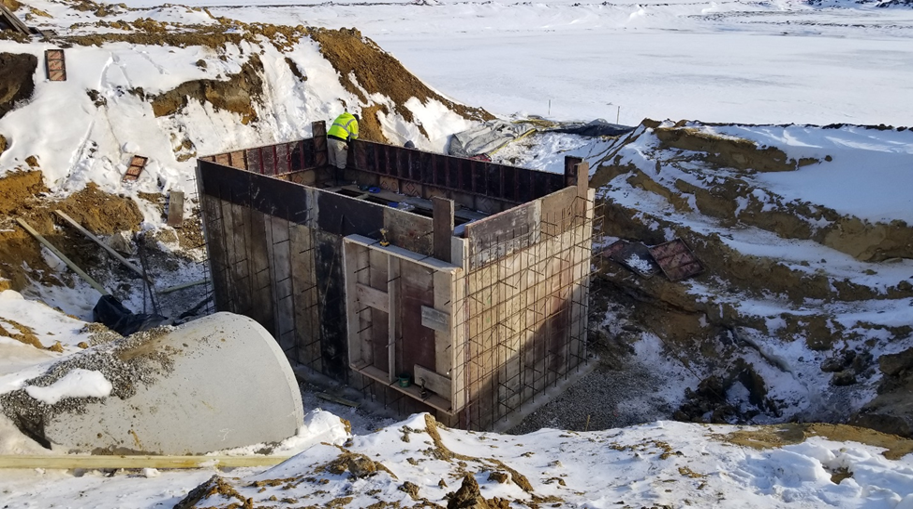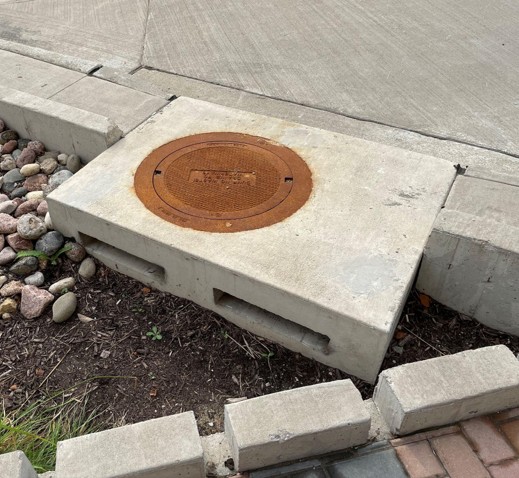Before stormwater enters a stormwater practice like a bioretention cell, infiltration trench, or detention basin, it often carries sediment, debris, oils, and other pollutants. If these pollutants aren’t removed early, they can clog systems, reduce performance, and increase long-term maintenance costs.
That’s where pre-treatment comes in. Pre-treatment practices are the first step in stormwater treatment, helping to remove larger particles and trash before runoff reaches more sensitive or advanced stormwater controls.
Common pre-treatment practices
Different sites may require different types of pre-treatment depending on the layout, land use, and drainage area. Some of the most common options include:
- Grass filter strips: Narrow, gently sloped areas of grass that slow runoff and trap sediment. Often used upstream of bioretention areas.
- Forebays: Small settling basins placed at the inlet of a larger BMP (like a pond or wetland) to capture sediment and allow for easy cleanout.
- Sediment sumps: Depressions or structures at the base of an inlet or curb cut designed to catch sediment and slow the water flow.
- Catch basin inserts or hoods: Devices placed in storm drain inlets to trap trash and floatables.
- Rock or gravel trenches: Linear trenches filled with stone that slow and spread flow entering infiltration practices.


